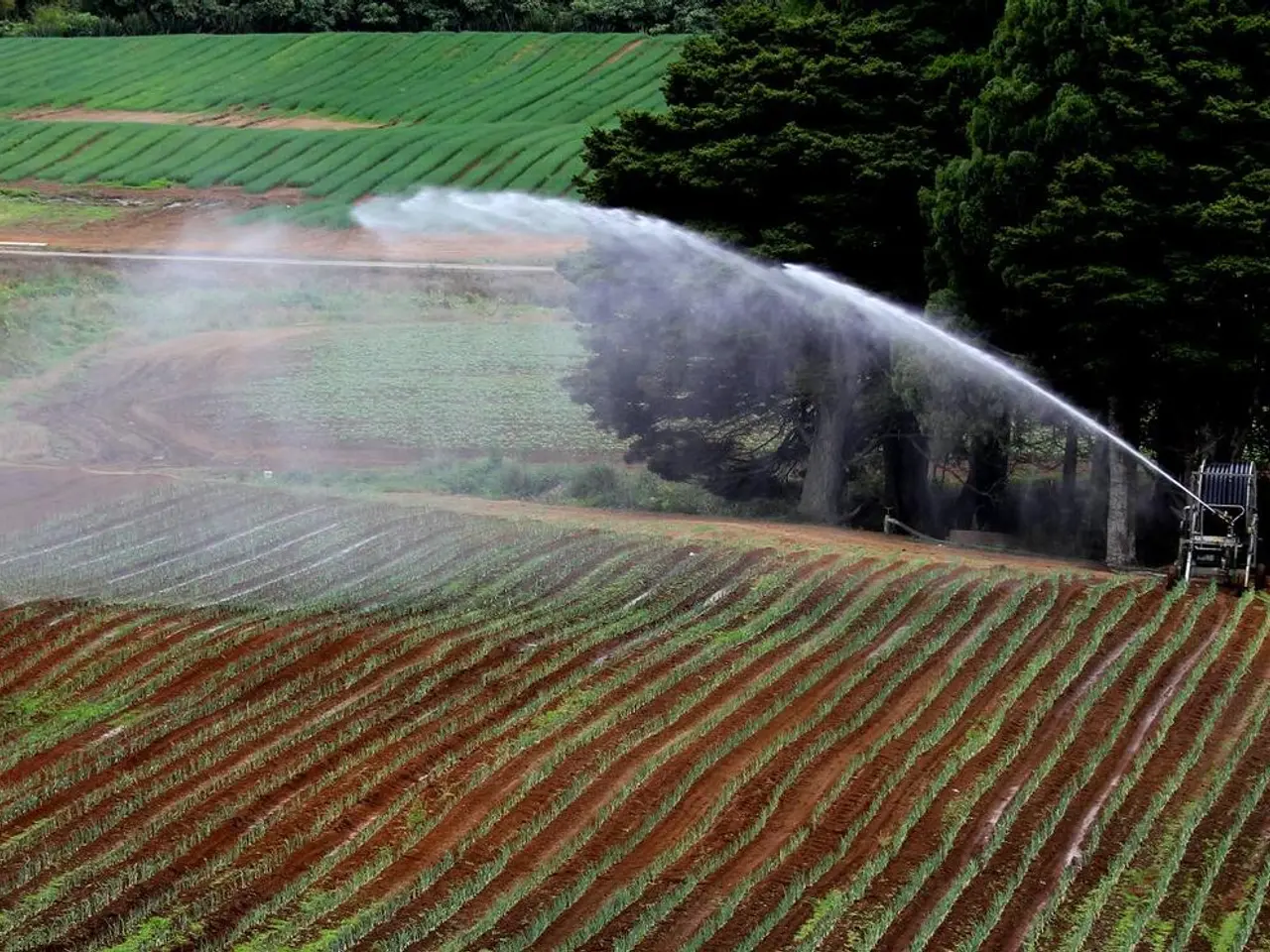Assessment of Firefighter Protective Clothing: Evaluation with and without PFAS Substances
By Bryan Ormond, Assistant Professor of Textile Engineering, Chemistry and Science at NC State and Lead Author of the paper
Firefighters are the unsung heroes who fight to protect our communities. Recently, their personal protective equipment, specifically the turnout gear, has been under the microscope due to the use of per- and polyfluoroalkyl substances (PFAS). A new study from North Carolina State University reveals that moving away from these chemicals could bring potential performance tradeoffs.
Potential Performance Tradeoffs
The lack of PFAS in outer shell coatings presents a significant concern: the gear will no longer be oil-repellent, posing a potential flammability hazard.
"Diesel fuel is really tough to repel, as is hydraulic fluid; in our testing, PFAS-treated materials repel both," said Bryan Ormond, the study's corresponding author. "In our tests, turnout gear without PFAS repelled water but not oil or hydraulic fluid."
This lack of oil repellency can lead to increased hazards, particularly during emergencies.
The Need for Balance
PFAS chemicals, often known as "forever chemicals" due to their environmental persistence, are used in various applications, including food packaging, cookware, and cosmetics. However, they have been linked to higher risks of cancer, higher cholesterol levels, and compromised immune systems in humans. In response, firefighters have sought alternative chemical compounds, like hydrocarbon wax, to repel water and oils on their turnout gear.
The study also tested the aged-resistance of both PFAS-treated and PFAS-free outer shells through weathering, high heat, repeated laundering, and various chemical analyses. Interestingly, both types of garments performed similarly in these tests, suggesting that the shifting from PFAS doesn't necessarily compromise the gear's overall durability.
Moving Forward
Future studies will explore the required level of oil repellency for firefighters in the field.
"Even with PFAS treatment, there's a difference between a splash of fluid and soaked-in fluid," said Ormond. "For all of its benefits, PFAS-treated gear, when soaked, is dangerous to firefighters. So we need to ask 'What do firefighters need?' If you're not experiencing this need for oil repellency, there's no worry about switching to non-PFAS gear. But firefighters need to know the non-PFAS gear will absorb oil, regardless of what those oils are."
This research, published in the Journal of Industrial Textiles, was funded by the Federal Emergency Management Agency's Assistance to Firefighters Grants Program. By continuing to push the boundaries of materials science, researchers hope to develop safer and more effective solutions for our brave firefighters.
References:
[1] Toward the future of firefighter gear: Assessing fluorinated and non-fluorinated outer shells following simulated on-the-job exposures. (2023). Journal of Industrial Textiles. DOI: 10.1177/15280837231217401
[2] Hammer, S. C., Cong, L. Y., & Wainer, J. (2016). Polyfluorinated alkyl substances in consumer products. Environmental Science & Technology, 50(3), 1212-1222.
[3] Chung, Y., Lee, J., Park, J., Ahn, J. K., Lim, H., Kim, S., & Park, H. (2019). Efficient drawing of polyethylene nanofibers through hydrogen bonding-based inducing-spinning method. Carbon, 141, 116-123.
[4] Kaviarasan, S. S., Tsuruta, K., Kon, H., Kudoh, N., & Miyashita, T. (2008). Development of polybenzimidazole (PBI) textiles for firefighter protective clothing. Journal of Thermal Analysis and Calorimetry, 91(3), 537-543.
- In the field of textile engineering, chemistry, and science, Assistant Professor Bryan Ormond researches the challenges of phasing out PFAS in firefighter turnout gear.
- The absence of PFAS in outer shell coatings may pose a potential flammability hazard due to the gear no longer being oil-repellent.
- Graduate students and researchers in health and wellness, pharmaceuticals, materials science, and technology may be interested in studying the required level of oil repellency for firefighters in the field.
- By testing aged-resistance of both PFAS-treated and PFAS-free outer shells, researchers discovered that the materials perform similarly in weathering, high heat, repeated laundering, and various chemical analyses.
- As a result of their research, scientists in engineering and management are developing safer and more effective solutions for firefighter protective gear, funded by the Federal Emergency Management Agency's Assistance to Firefighters Grants Program.
- Future textiles research may also address the environmental and health impacts of PFAS, often referred to as "forever chemicals," which are used in various applications, such as food packaging, cookware, and cosmetics, and have been linked to medical-conditions like higher risks of cancer and compromised immune systems in humans.








